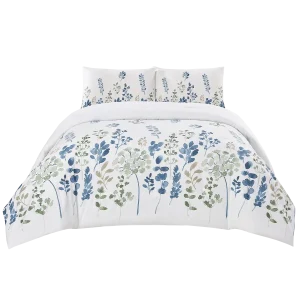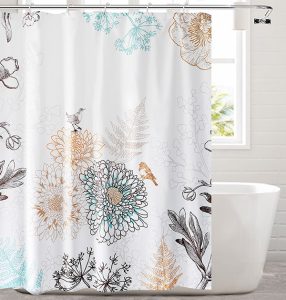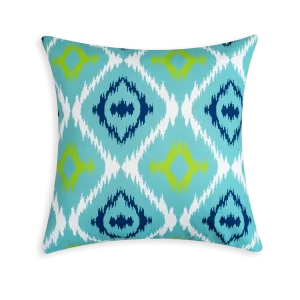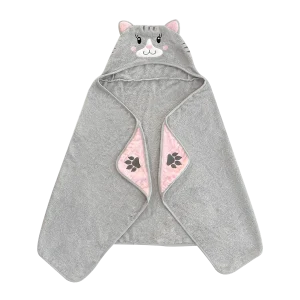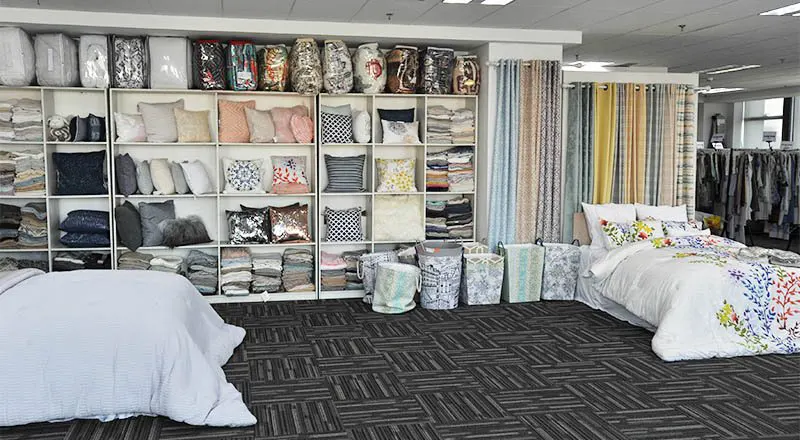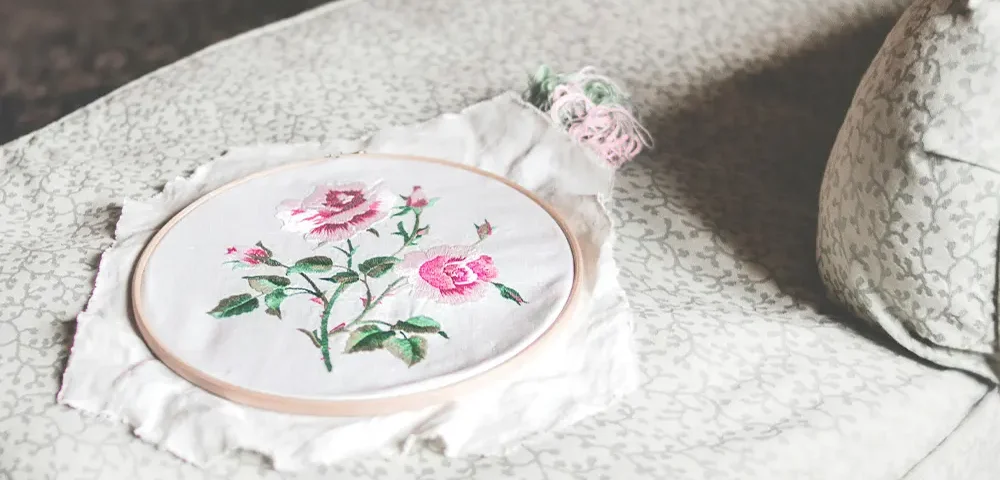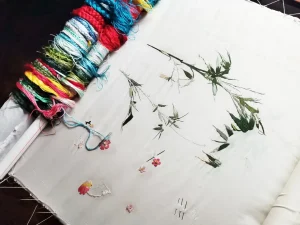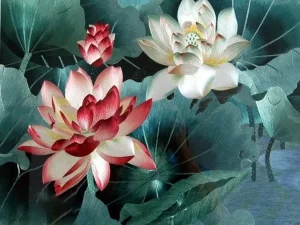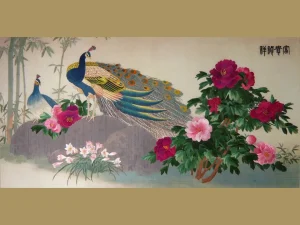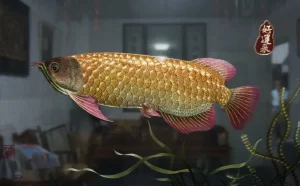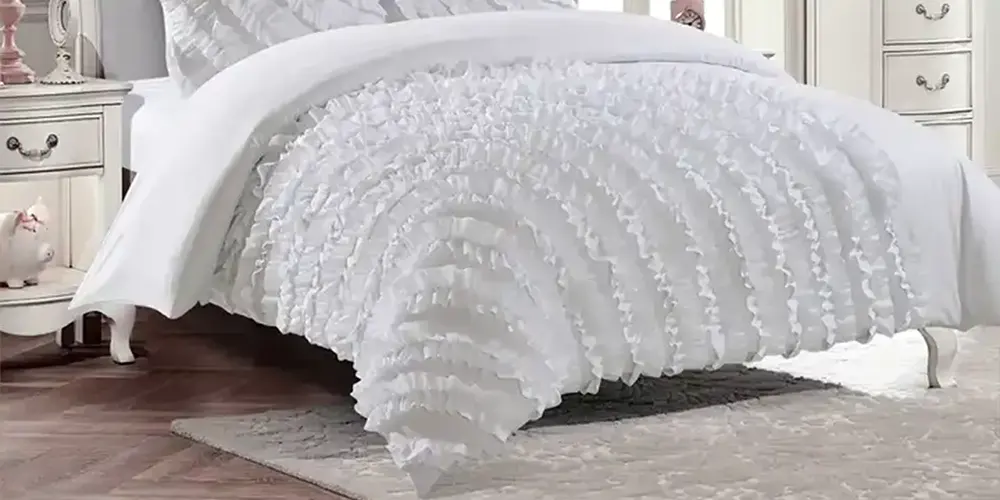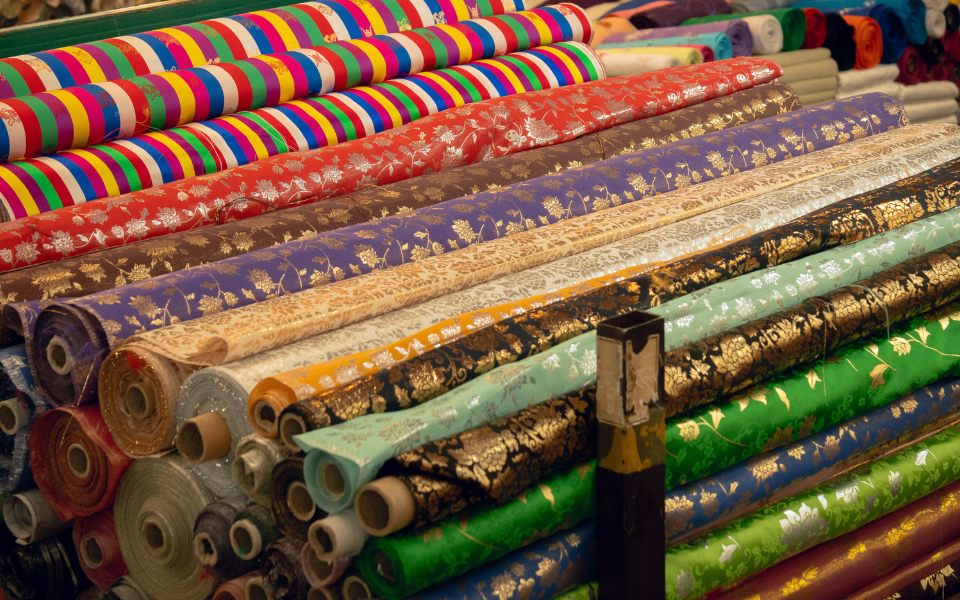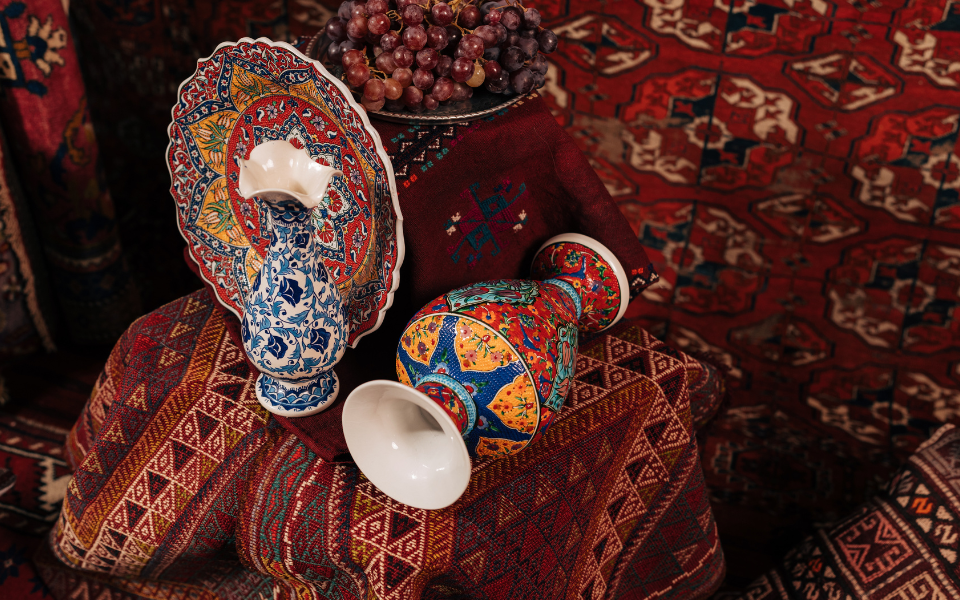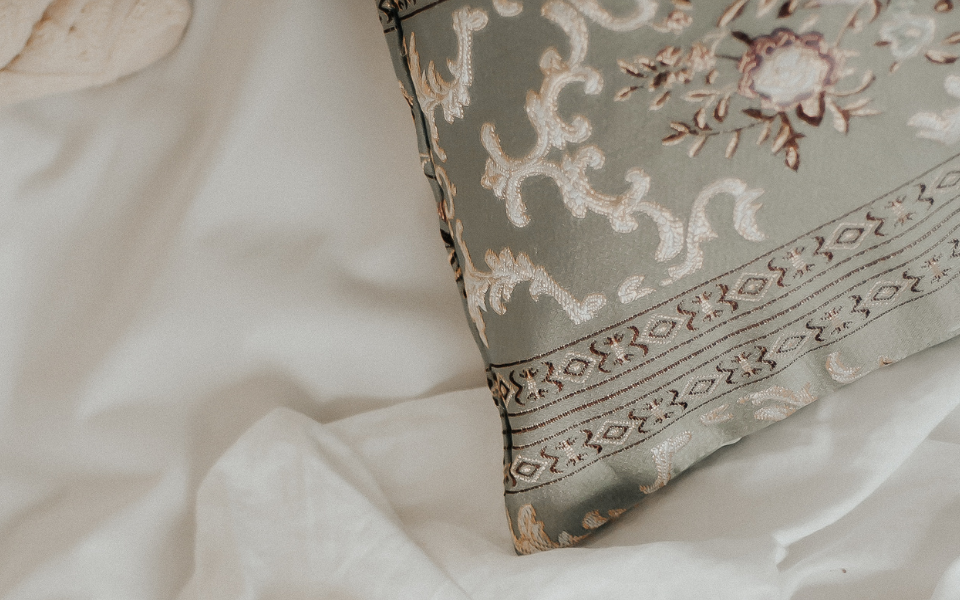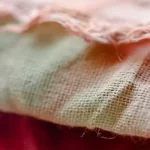
Intertextile Shanghai: A Must-Attend Event for Home Textile Buyers and Suppliers 2024
March 7, 2024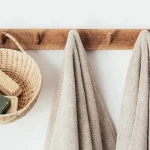
5 Ways to Make Your Towels Last Longer: Tips from the Experts
March 25, 2024Embroidery has been a part of human culture for centuries, passed down from generation to generation as a time-honored craft. This art form involves using needle and thread to decorate fabric with intricate designs and patterns. From ancient civilizations to modern times, embroidery has evolved and adapted, yet still remains a symbol of tradition and beauty.
The origins of embroidery
The origins of embroidery can be traced back to different cultures around the world. In China, silk embroidery was a highly regarded skill and was used to create lavish garments for the royal family. In Europe, embroidery was used to decorate religious garments, such as the elaborate vestments of the Catholic Church. In the Middle East, embroidery was a popular form of expression, with intricate geometric designs adorning clothing and textiles.
Image Source: baike.baidu.com
Evolution of embroidery
As civilizations interacted and traded with each other, embroidery techniques and styles were shared and evolved. This resulted in a diverse range of techniques, from the delicate needlework of the Chinese to the vibrant and colorful designs of the Native Americans.
Tools and materials
The tools and materials used in embroidery have also changed over time. Initially, embroidery was done using natural materials such as animal hair and plant fibers. Today, modern embroidery uses a variety of materials such as silk, cotton, and even synthetic threads. The type of fabric used also varies, with some intricate designs requiring a tightly woven fabric and others using a more open weave to create a textured effect.
Versatility of Stitches and Techniques
Embroidery is a versatile art form with countless techniques and stitches, each with its own unique effect. Some popular techniques include cross-stitch, satin stitch, and appliqué. These stitches can be used to create a wide range of designs, from simple borders to complex floral patterns.
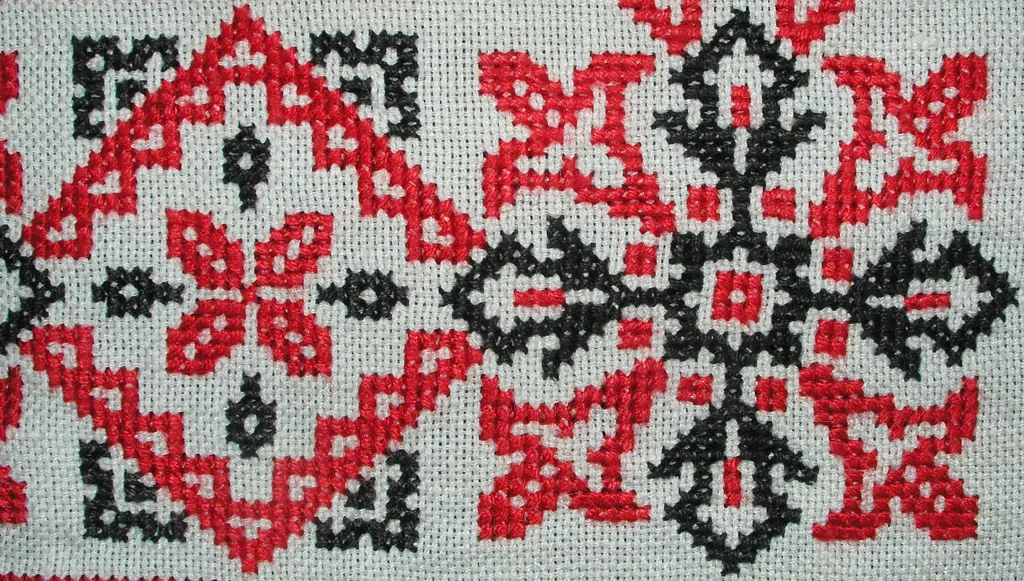
Popular embroidery designs
One of the most popular designs in embroidery is floral motifs. Often used in traditional designs, these flowers are intricate and delicate, serving as a symbol of nature and beauty. Other popular designs include animals, images from nature, and abstract patterns.
Embroidery in different mediums
Embroidery has also found its way into different mediums, in addition to fabric. Quilts, typically made from several layers of fabric stitched together, have been decorated with embroidery for centuries. The intricate designs and patterns add an extra layer of beauty and detail to these functional pieces of art. Embroidery has also been used to decorate bedding, with duvet covers and pillowcases featuring delicate and detailed embroidery designs.
The resurgence of embroidery
While embroidery has a rich history, it has not lost its relevance in the modern world. In fact, it has seen a resurgence in popularity in recent years. With the rise of handmade and sustainable products, traditional embroidery techniques are being brought back to life by modern artisans. Additionally, technology has made embroidery more accessible, with computerized machines making it easier to create complex designs and patterns.
Conclusion
In conclusion, embroidery is a time-honored craft that has stood the test of time. Its origins can be traced back to different cultures and it has evolved and adapted over the centuries. With its delicate stitches and intricate designs, embroidery is not just a craft, but also a form of art. Its timeless beauty and versatility make it a valuable part of human culture, and it is sure to continue to be cherished for generations to come.

